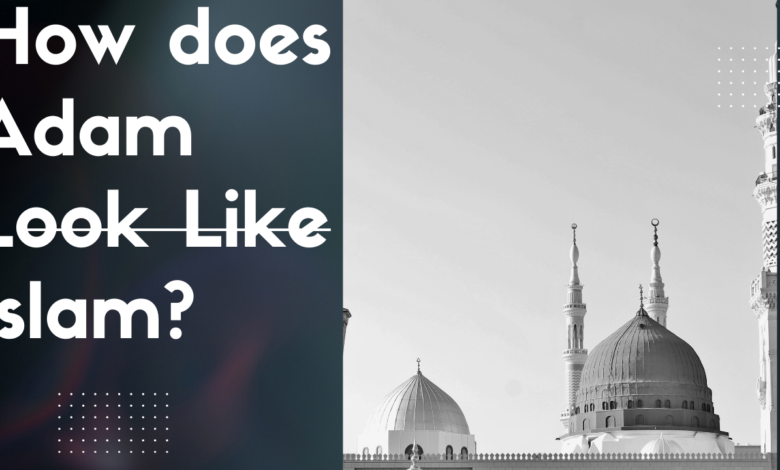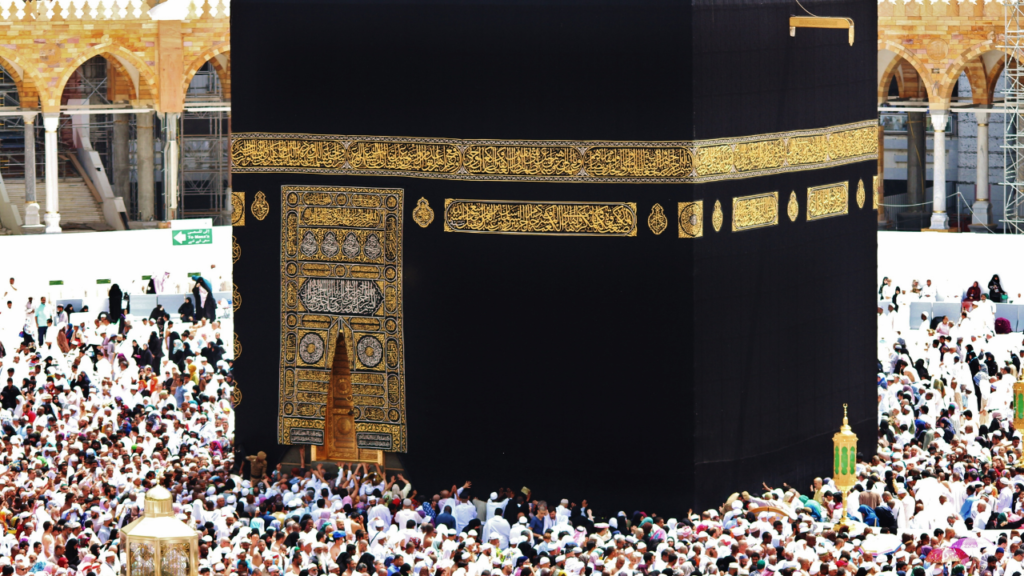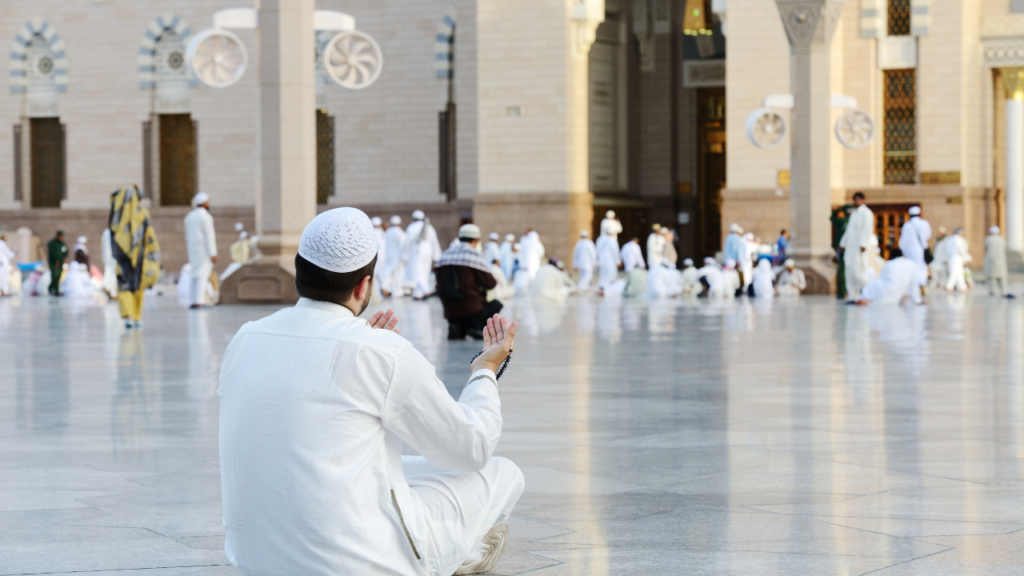How does Adam Look Like Islam?
Adam in Islam: A Spiritual Portrait of Creation and Guidance

How does Adam Look Like Islam?
Islam does not provide a detailed description of Adam’s physical appearance. Instead, it focuses on his creation from clay and his spiritual significance.

Introduction
In Islam, the story of Adam, the first human being, carries profound significance as it serves as a cornerstone in the religion’s narrative. The concept of Adam in Islam is not limited to a physical appearance but extends to his creation, nature, and his unique role in God’s divine plan. In this article, we will explore how Adam is portrayed in Islam and the spiritual significance of his creation.
The Creation of Adam
In Islam, the creation of Adam is a miracle that distinguishes him from all other creatures. The Quran, the holy book of Islam, narrates the creation of Adam with great detail. It states that God created Adam from clay (Quran 38:71) and fashioned him with His own hands (Quran 38:75). This creation process is emphasized to emphasize Adam’s unique status among all living beings.
Unlike the concept of original sin in Christianity, Islam holds that Adam was created in a state of purity and innocence. He was not born with the burden of sin or guilt. His soul was untainted, and he was entrusted with free will and intellect. This concept aligns with the Islamic belief in the personal responsibility of each individual for their own actions.
Also check.
- Who is the Wessiah in Islam?
- How does God Speak of Islam?
- What Is The Fourth Pillar Of Islam?
- What Is The Fourth Pillar Of Islam?
The Prophethood of Adam
In Islamic tradition, Adam is also considered the first prophet. He received guidance and instructions from Allah (God) and was responsible for conveying God’s message to his descendants. His prophethood was a divine gift, and he taught his children the fundamental principles of monotheism and morality.
The story of Adam and his wife, Hawwa (Eve), their creation, and their role as the first human beings and prophets is a powerful reminder of the importance of following God’s guidance and living a righteous life. This story serves as a foundational lesson for all Muslims about the consequences of disobedience and the significance of repentance.
The Spiritual Significance of Adam’s Creation
Adam’s creation from clay and God’s direct involvement in shaping him signifies the intimate connection between humanity and the divine. In Islam, every human being carries a piece of Adam’s legacy, reflecting a spiritual connection to the Creator. This connection implies that all humans, regardless of their race, nationality, or social status, share a common bond as descendants of Adam.
Furthermore, the creation of Adam is a symbol of human potential and the capacity for moral and spiritual growth. Muslims believe that, like Adam, they are born pure, and it is their actions and choices that determine their spiritual state. This understanding emphasizes the importance of self-purification and adherence to God’s guidance.
Conclusion
In Islam, the story of Adam goes beyond a physical description; it delves deep into the spiritual essence of humanity. Adam’s creation from clay, his innocence, and his role as the first prophet are all essential elements of the Islamic narrative. This story serves as a reminder of the divine connection shared by all human beings and underscores the importance of leading a life guided by faith, righteousness, and a strong commitment to God’s guidance.
Understanding how Adam looks like in Islam is not about his physical appearance but about the profound spiritual significance of his creation, which continues to inspire and guide Muslims in their quest for spiritual growth and moral excellence.

FAQs
What does Islam say about Adam’s physical appearance?
Islam does not provide a detailed description of Adam’s physical appearance. Instead, it focuses on his creation from clay and his spiritual significance.
Was Adam created differently from other human beings in Islam?
Yes, in Islam, Adam’s creation is unique. He was created from clay, and it is emphasized that God fashioned him with His own hands, setting him apart from other creatures.
What is the significance of Adam’s creation from clay in Islam?
Adam’s creation from clay signifies the intimate connection between humanity and God, highlighting the idea that all human beings share a common bond as descendants of Adam.
Was Adam born with sin in Islam, like the concept of original sin in Christianity?
No, Islam holds that Adam was created in a state of purity and innocence. He was not born with the burden of sin or guilt.
What was Adam’s role as the first prophet in Islam?
Adam is considered the first prophet in Islam, and he was responsible for conveying God’s message to his descendants. He taught the fundamental principles of monotheism and morality.
What lessons can be learned from Adam’s story in Islam?
Adam’s story serves as a foundational lesson for Muslims about the consequences of disobedience and the significance of repentance, highlighting the importance of following God’s guidance.
How does Adam’s creation reflect the potential of human beings in Islam?
Adam’s creation from clay in Islam symbolizes the potential for moral and spiritual growth in all humans. They are born pure, and their actions and choices determine their spiritual state.
Is the story of Adam in Islam primarily a religious narrative or does it have wider cultural significance?
While the story of Adam is central to Islamic religious beliefs, it also has cultural significance and is often shared and celebrated in Muslim communities.
Does Islam provide any details about Adam’s descendants or family?
Yes, Islam provides information about Adam’s wife, Hawwa (Eve), and their descendants. It includes various accounts of their lives and their roles in God’s plan.




